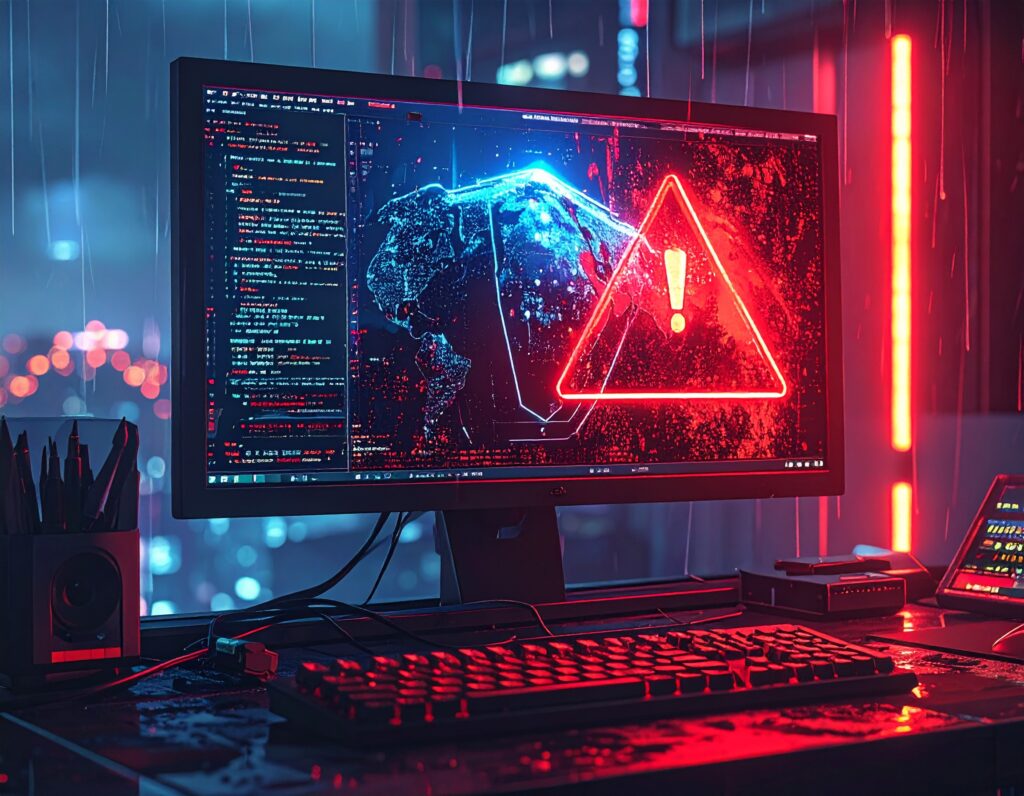Today, businesses run on an invisible thread: supply chain. It links industries and consumers through numerous pathways, whether physical or digital. From ports to airlines to healthcare and finances, organisations rely on these networks to operate efficiently and at scale. But here’s the catch, recent events revealed that the same interdependence and efficiency that supply chain offers means another vulnerability.
Recognising the difficulty of breaching large organisations, cyber attackers no longer bother to batter down the front doors of Fortune 500 companies. Instead, they slip in through the side doors: the smaller suppliers, trusted partners, and those people who never imagined they’d be the weakest link. And when this happens, it’s not just one business that feels it. The disruption has far-reaching consequences, affecting workers, families, and communities in unprecedented ways.
Japan learned this the hard way when the Port of Nagoya faced a crippling ransomware attack that locked its container management systems. For two days, the country’s busiest port, handling approximately 10% of all trade, was like a ghost town, unable to process goods in or out. Dockworkers arrived for their shifts but found themselves unable to unload ships, while truck drivers queued for hours without a destination to deliver their cargo. Toyota, which is heavily reliant on the said port, faced delays in receiving parts.
Taiwan also faced a similar concern when a supplier to TSMC, the world’s largest semiconductor manufacturer, was breached, raising alarms far beyond the island. Chip shortages have already strained industries ranging from cars to consumer electronics. Engineers expressed concerns about potential delays, companies feared knock-on costs, and ordinary people braced for the possibility of higher prices or longer wait times for devices.
Australia hasn’t been spared either. Qantas revealed that data from its frequent flyer program was accessed through a third-party call centre in Manila. Passengers who had entrusted the airline with their sensitive details were left wondering where that information had ended up. The Latitude Financial breach, which exposed the records of millions, also began with a vendor compromise. Customers received emails informing them that their most confidential data might be circulating beyond their control. Even book lovers felt the impact when Dymocks confirmed that a data partner had leaked customer information.
These stories are more than isolated incidents. They’re a reflection of a hard truth: our global economy is only as strong as its weakest supplier. Companies can pour millions into cybersecurity, but if the smaller players in their network don’t hold the line, the entire system is still at risk. And, unfortunately, attackers know it. They’ve studied how interconnected businesses have become, and they exploit it with precision. What looks like a breach at one supplier quickly cascades into dockworkers losing shifts, engineers scrambling to fix delays, customers questioning whether their data is safe, and communities left to pick up the pieces.
So, what’s being done? Some organisations are getting more technical, rolling out stronger identity checks, demanding greater transparency through software bills of materials, and monitoring their networks continuously. Others are focused on preparation: running joint incident drills with suppliers, setting up backup sourcing arrangements, and hardening relationships across the chain.
But let’s be clear: this isn’t just about technology. It’s about people. Most breaches still come down to human mistakes: a stolen password, a mismanaged access point, an employee caught off guard. That means training, awareness, and accountability are as critical as firewalls and encryption. And unless people understand the role they play, the smartest technology in the world won’t close the gap.









